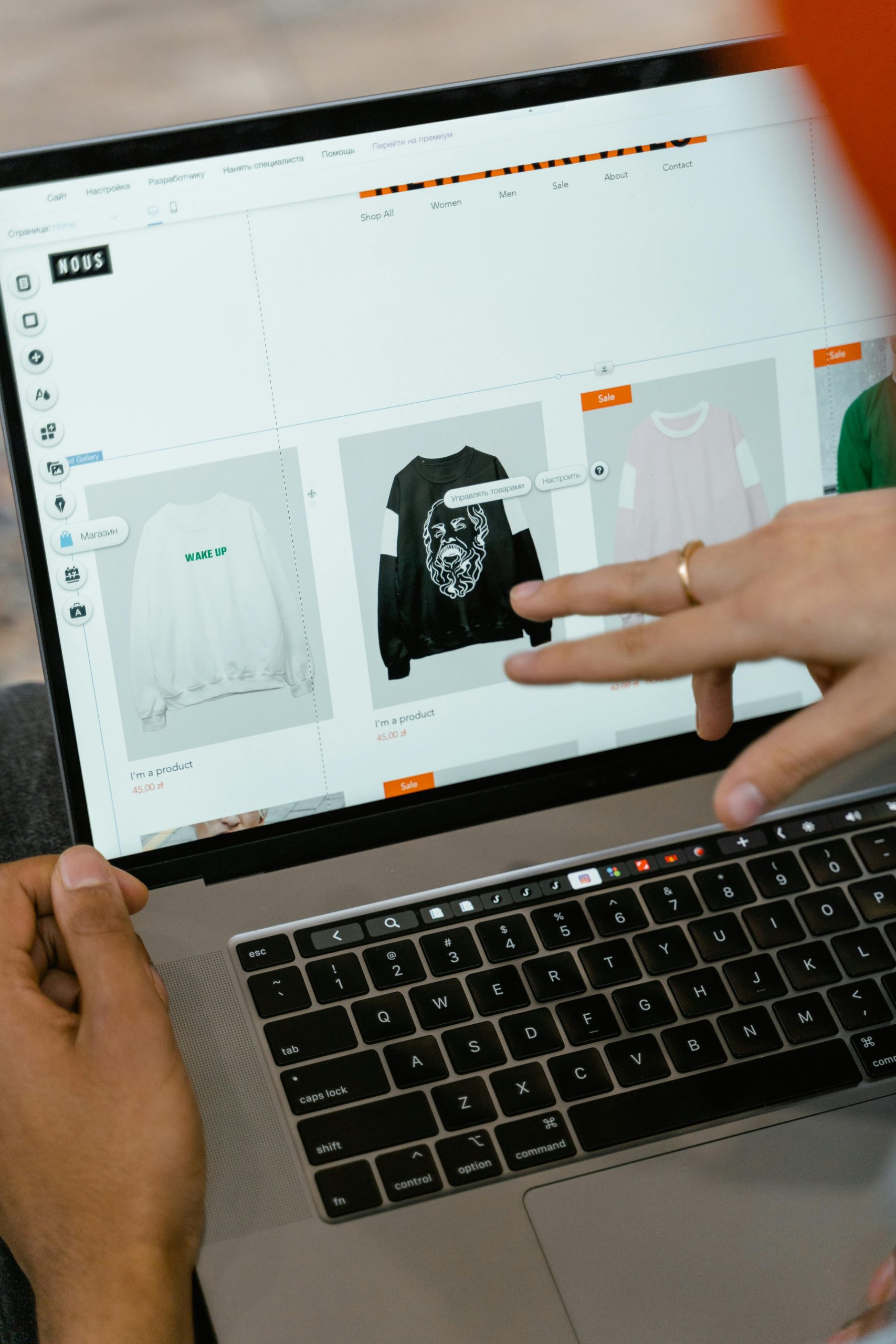Building an initial test community involves a strategic approach. Here’s how you can effectively assemble one:
Define Your Vision and Goals: Clearly outline what your test community should achieve. This could include feedback, user engagement, or testing new features. Defining goals helps in identifying the right community members.
Identify Your Target Audience: Understand who will be the most beneficial participants for your test community. Consider demographics, interests, and behaviors that align with your product or service.
Utilize Existing Networks: Leverage your personal or professional networks to recruit initial members. Reach out to friends, colleagues, or industry peers who might be interested or know someone who would be.
Engage on Social Media: Use platforms where your potential community members are active. Create engaging content inviting people to join your community. This could include forums, groups, and pages on Facebook, LinkedIn, or even Reddit.
Offer Incentives: Attract members by offering incentives such as exclusive content, early access to features, or discounts. This encourages early adopters to contribute actively.
Collaborate with Influencers: Connect with influencers or key opinion leaders within your niche. They can help reach a broader audience and lend credibility to your test community.
Create a Community Hub: Establish a dedicated space for your community, such as a private Facebook group, Slack channel, or Discord server. Ensure it’s user-friendly and aligns with the community’s interests.
Foster Engagement and Interaction: Actively engage with members by asking questions, encouraging discussions, and responding promptly to feedback. Regular engagement is crucial to sustaining interest.
Gather and Implement Feedback: Regularly solicit feedback from your community. Utilize surveys, polls, and direct conversations to understand their needs and opinions. Use this information to make informed decisions about your product or service.
Scale Gradually: Once your initial community is active and engaged, consider scaling by inviting more members or expanding the scope of discussion topics. Keep refining your approach based on ongoing feedback and interaction.
By following these steps, you can build a strong, engaged test community that will provide valuable insights and support for your product or service development.


One response to “How to build an initial test community?”
This post offers a solid framework for establishing an initial test community, and I particularly resonate with the emphasis on defining clear goals and understanding your target audience. Another aspect to consider is the importance of creating a welcoming and inclusive environment from the outset. Community members are more likely to engage actively if they feel valued and included, so establishing clear guidelines for interaction and promoting a culture of respect and openness is crucial.
Additionally, consider leveraging storytelling as a way to connect with your community. Sharing stories about the development journey, challenges faced, or successes can create a deeper emotional connection, encouraging members to share their own experiences and insights. This not only enhances engagement but also fosters a sense of belonging among participants.
Lastly, as you gather feedback and implement changes, don’t forget to celebrate the successes and milestones with your community. Acknowledging their contributions can boost morale, encourage ongoing participation, and enhance loyalty, fostering a thriving community for your product or service’s continued growth.